Stingrays,
Penguins, Seahorses, and Weedy Sea Dragons at Ripley's Aquarium page 2 of 2 |
|
Stingrays are cartilaginous fish related to sharks. Their lifespan is 15 to 25 years. Their grayish-brown color helps them camouflage themselves on the ocean floor. They have great senses and can feel electrical pulses given off by their prey. They are not aggressive but getting too close is risking catching the business end of the stingray's sharp painful stinger. Steve Irwin was killed by a stingray. |
|
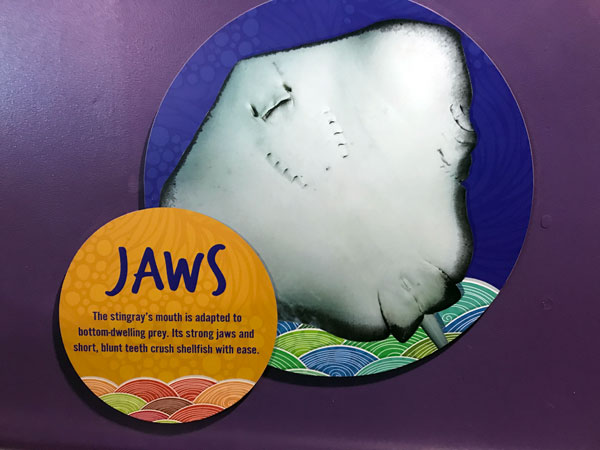 |
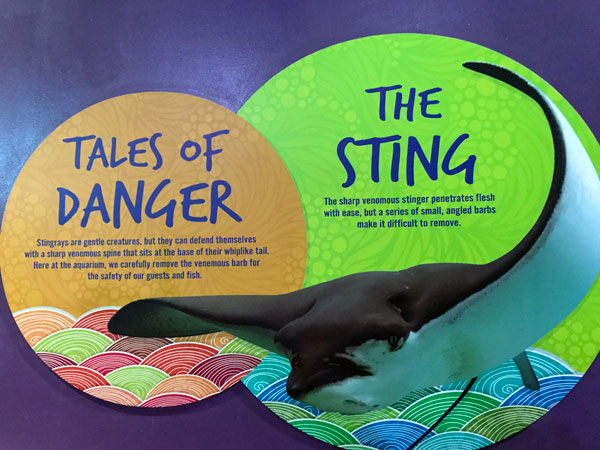 |
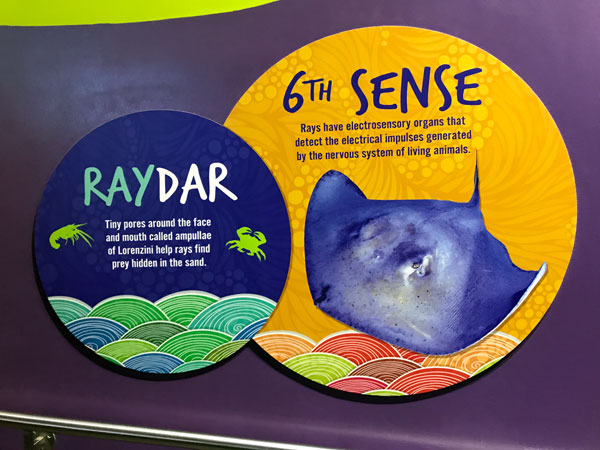 |
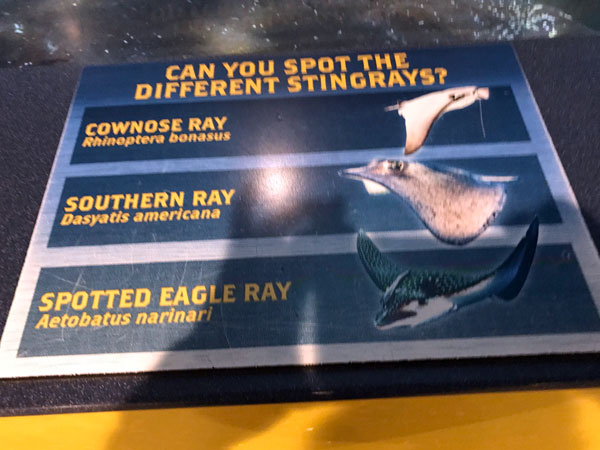 |
There were two viewing windows for the stingrays directly across from each other. So the two RV Gypsies divided up to get photos of each other in the opposite windows. But for some reason, Karen Duquette could not see Lee in the other window, but Lee was able to see and photograph Karen. |
|
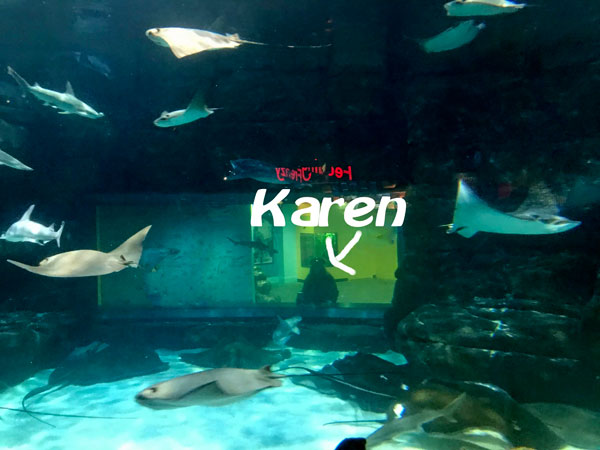 |
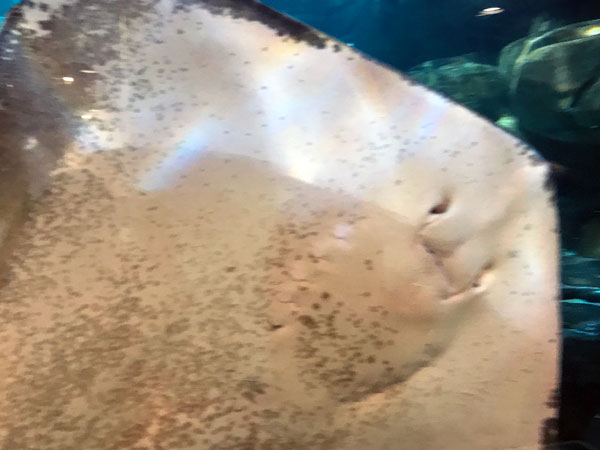 |
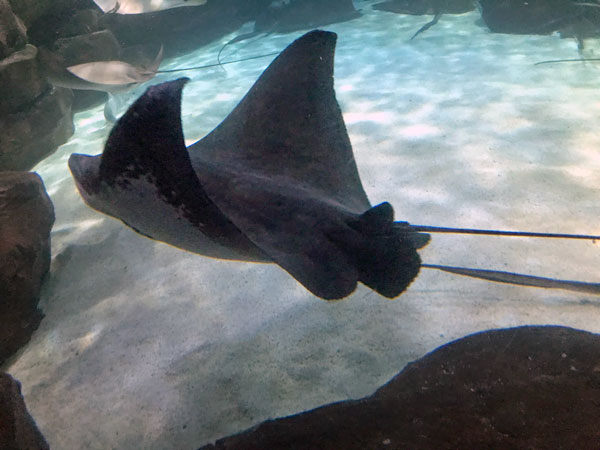 |
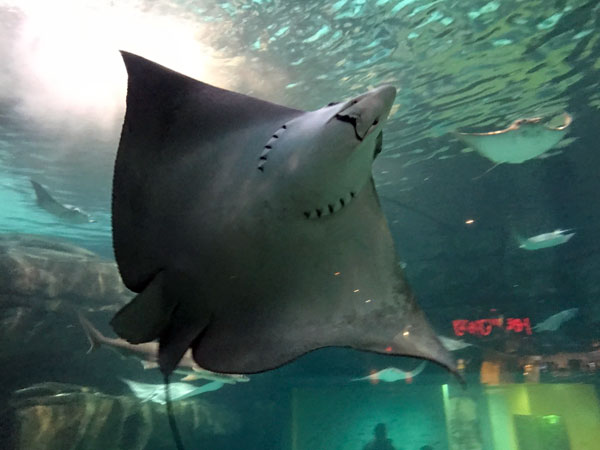 |
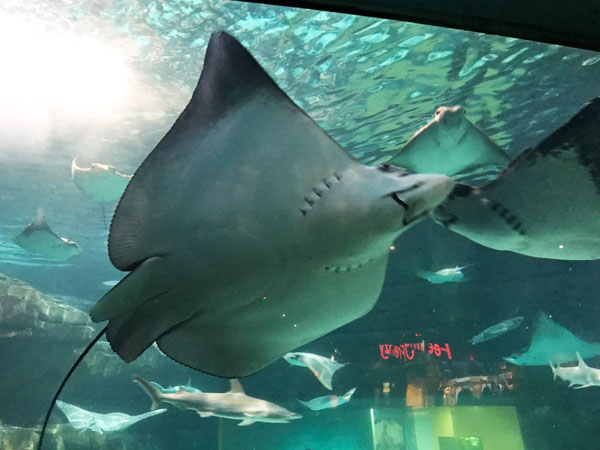 |
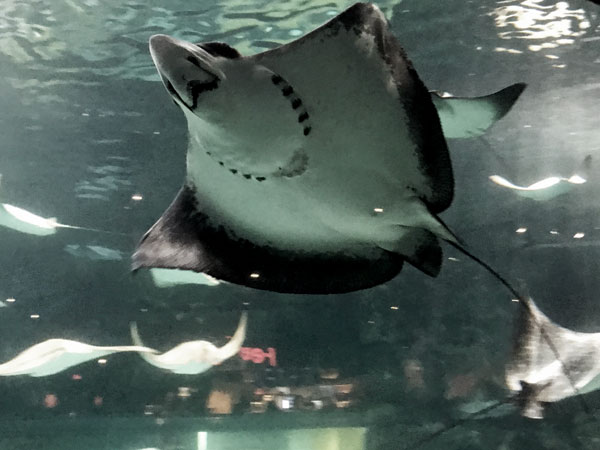 |
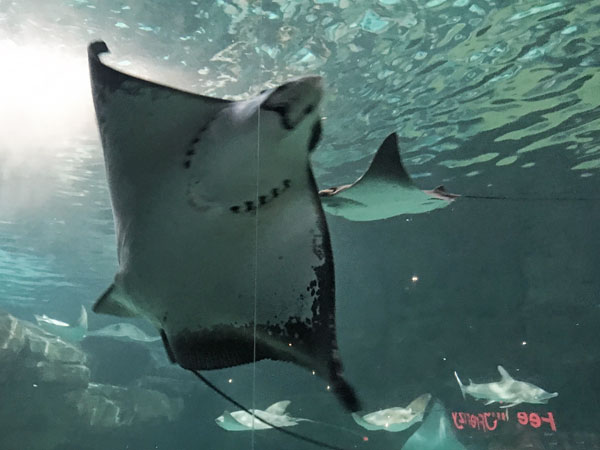 |
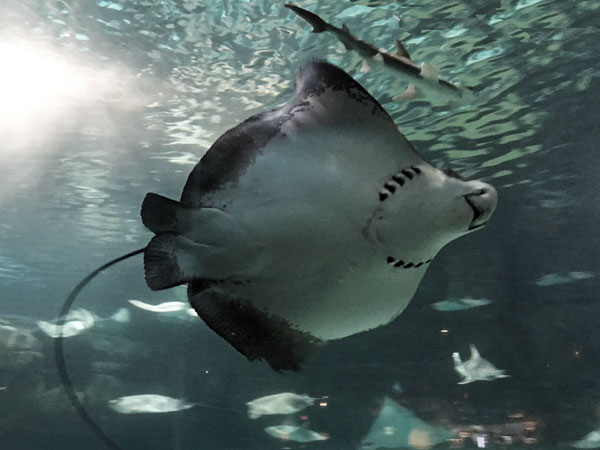 |
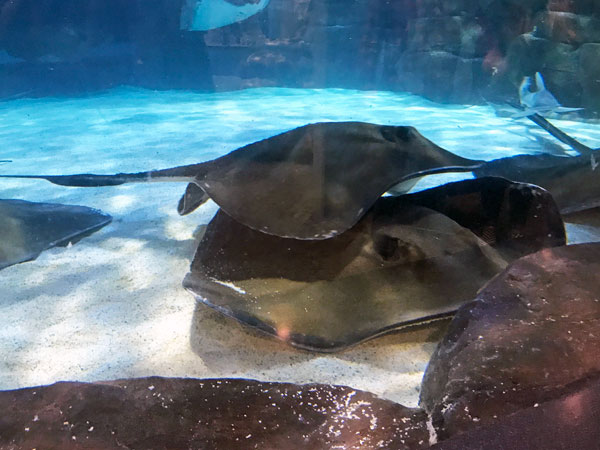 |
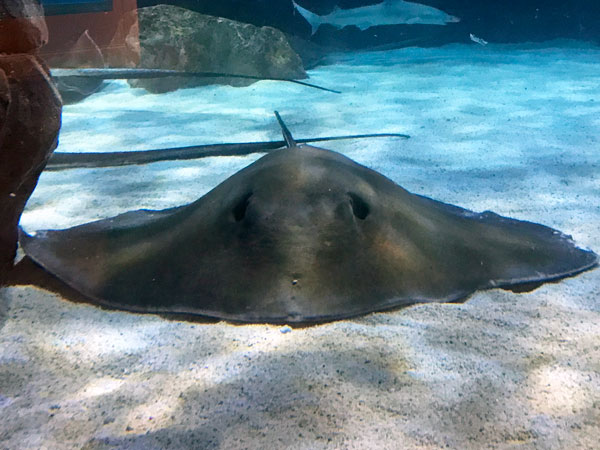 |
Below: The Penguins |
|
Penguins are torpedo-shaped flightless seabirds that live almost exclusively below the equator. (When the two RV Gypsies were in Australia, they watched penguins exit the ocean). Penguins cannot fly, even though they have wings. Their wing structure is designed for swimming. They swim underwater at speeds 15 to 25 miles per hour. |
|
 |
 |
 |
 |
 |
|
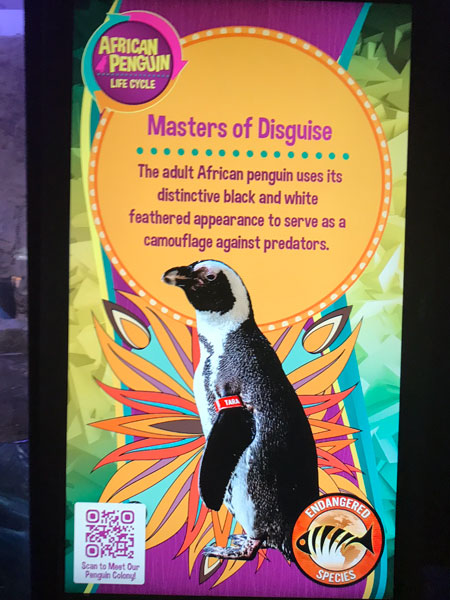 |
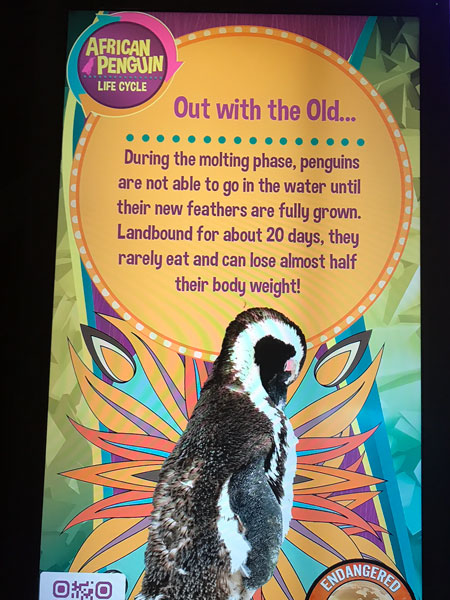 |
Below: There was a small opening alongside the Penguin area for children to crawl through a tube and appear in another tube behind the penguins. So of course, Karen Duquette crawled through the tube. |
|
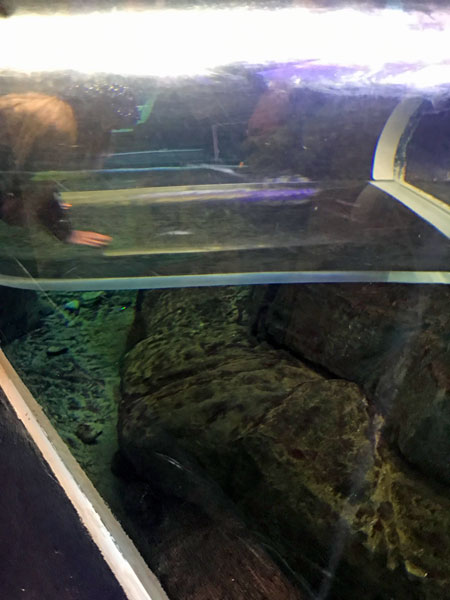 |
|
Below: And here is Karen Duquette in the tube behind the penguins |
|
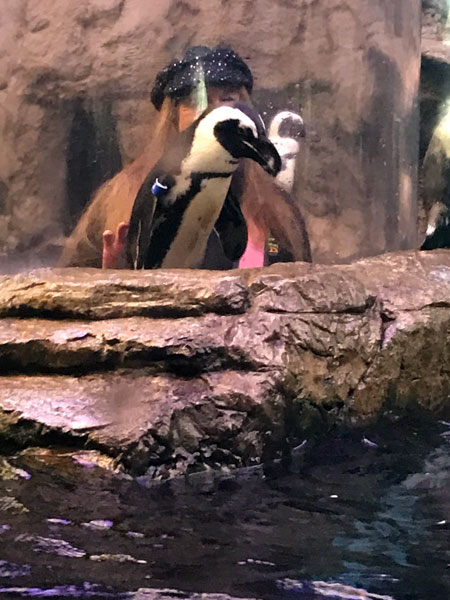 |
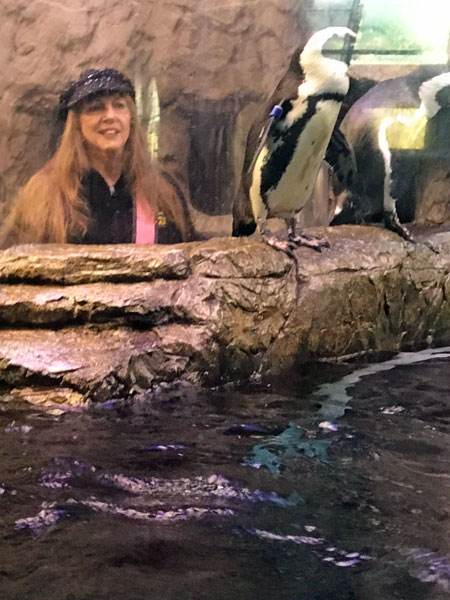 |
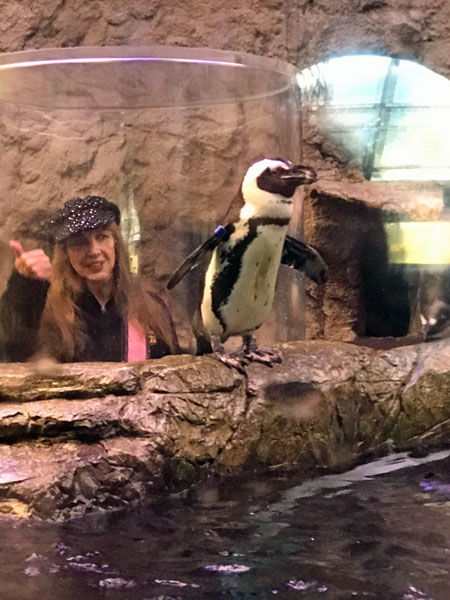 |
 |
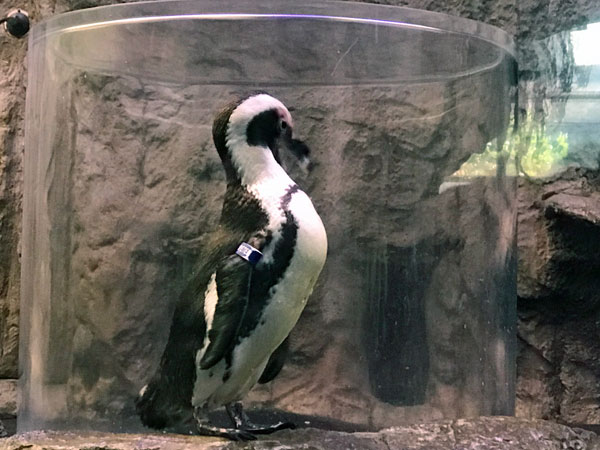 |
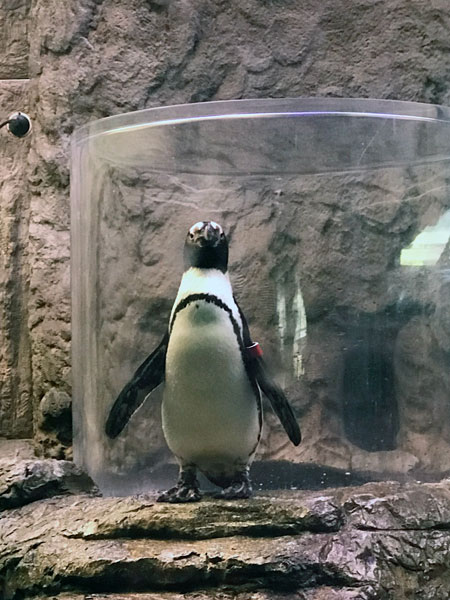 |
Below: One of Karen Duquette's favorite sea critters - The Seahorse - they were hard to photograph. They are mainly found in shallow tropical and temperate salt water throughout the world, and they live in sheltered sea grass beds. |
|
 |
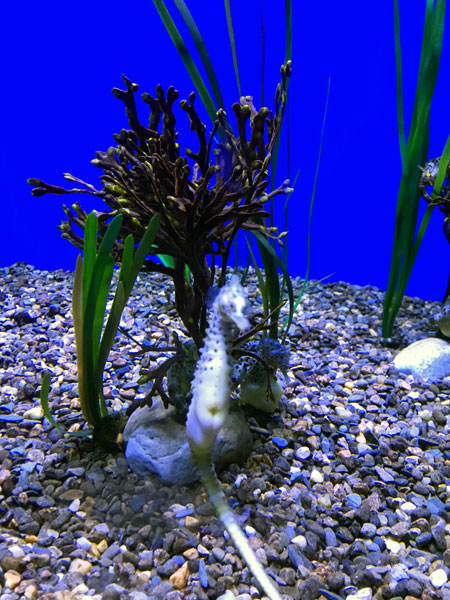 |
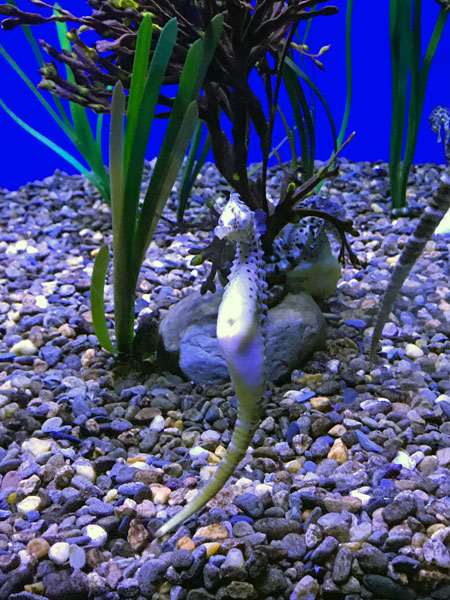 |
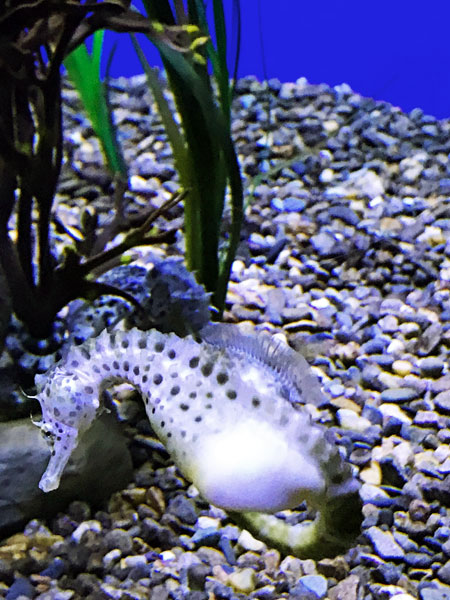 |
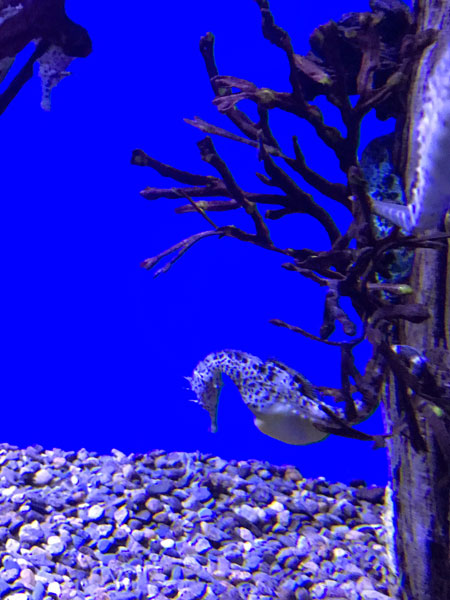 |
 |
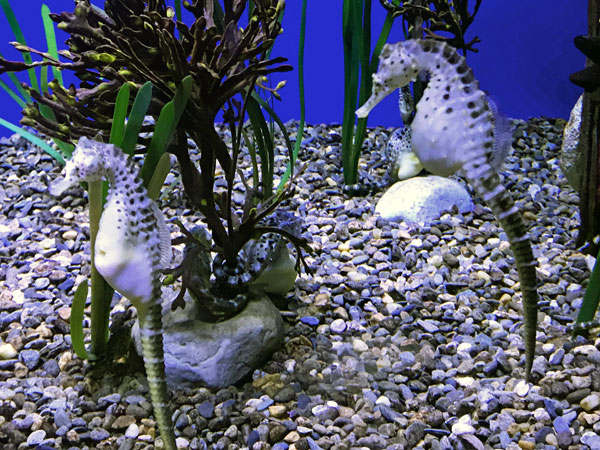 |
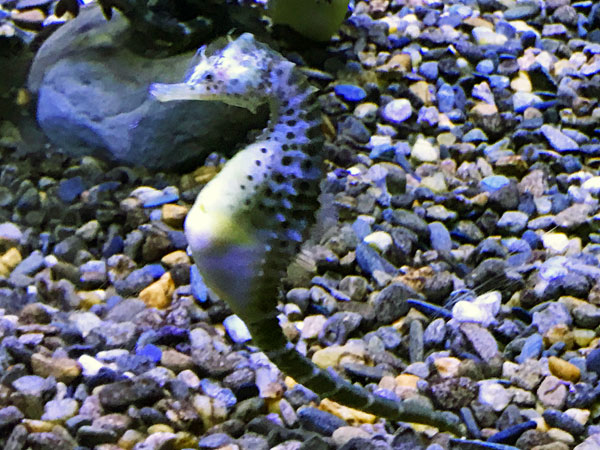 |
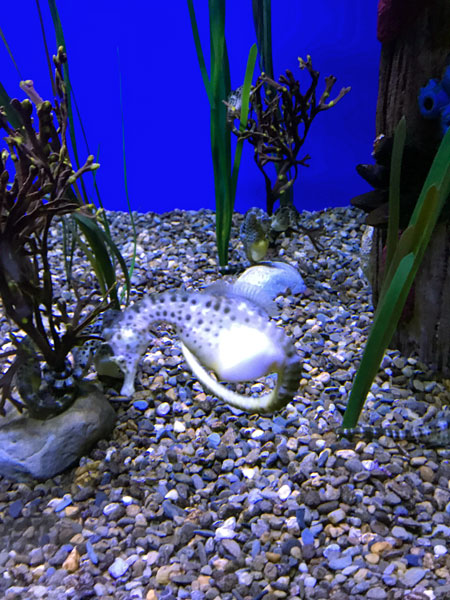 |
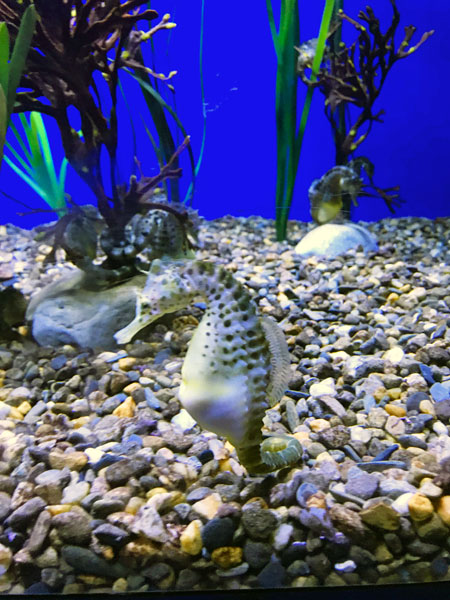 |
Below: The Weedy Sea Dragon is a marine fish related to the Seahorse. They inhabit the waters off south and east Australia. |
|
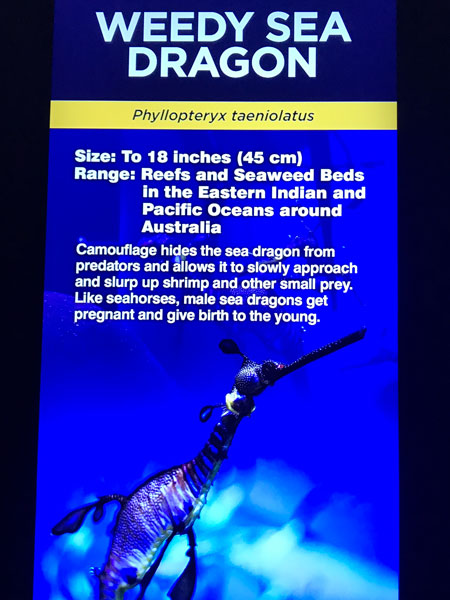 |
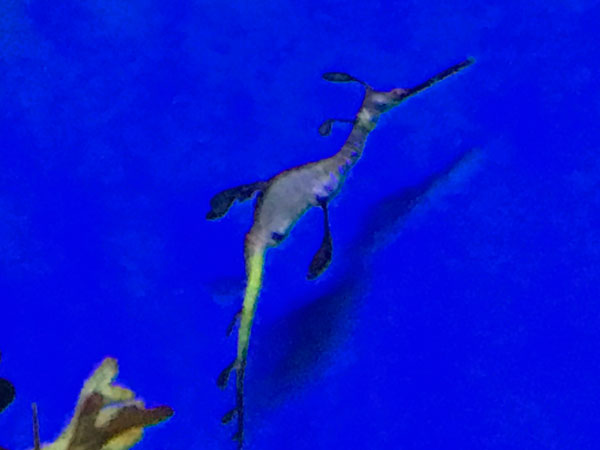 |
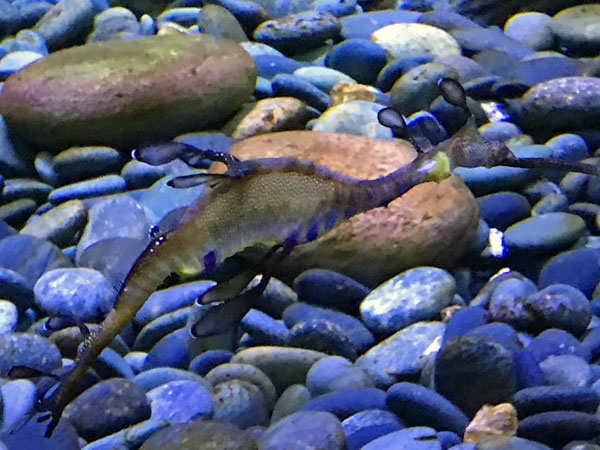 |
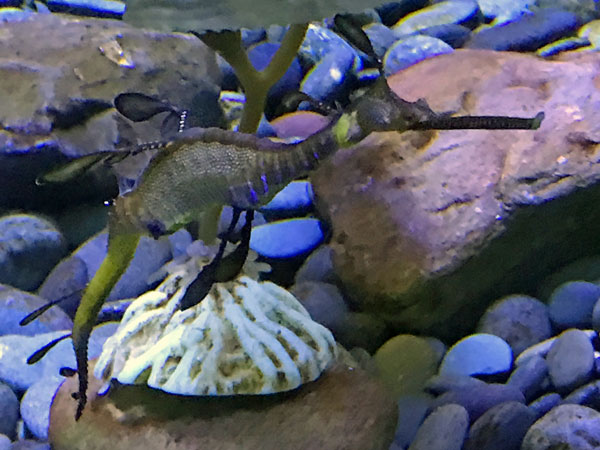 |
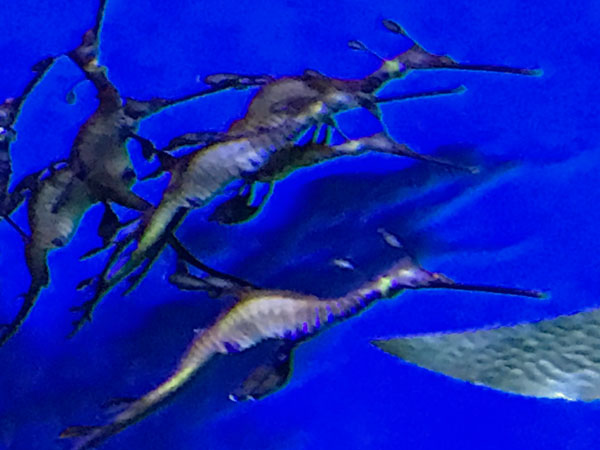 |
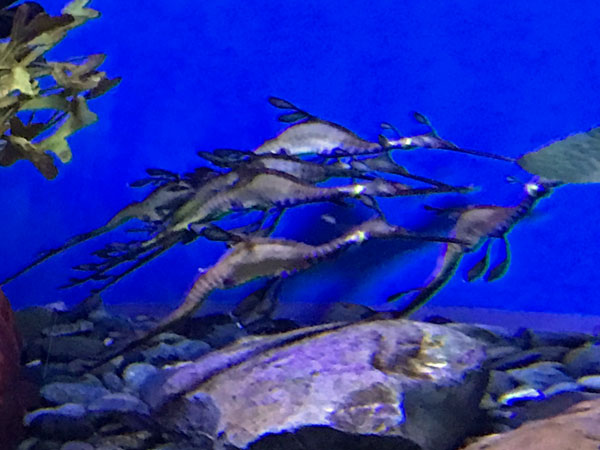 |

|
||||||||||||||||||||||||||||||||||||||||||
|
||||||||||||||||||||||||||||||||||||||||||
OR Continue navigation of this large website via the buttons below. |
|||||

|
|||||
 |
 |
||||
 |
|||||
 |
|||||
 |
|||||
OR - - Click here for maps and descriptions of travel BY YEAR (not the best way) |
|||||



















